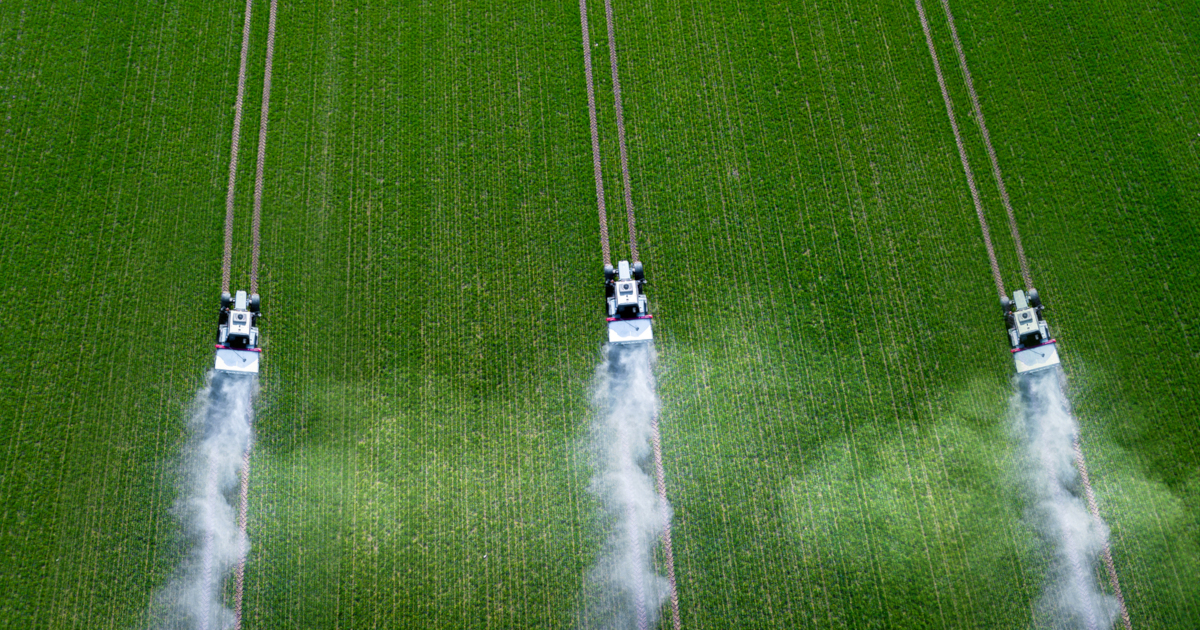
Exposure to Imidacloprid and Glyphosate: Effects on Vertebrates
August, 2023 | Source: GMO Science | by Judy Hoy
Specific birth defects are relatively high in prevalence on both wild and domestic animals, and even more concerning, on newborn children. Newborn children are approximately the same size as newborn deer fawns. White-tailed deer fawns have been a main study subject for over twenty years regarding specific birth defects and other effects of exposure to imidacloprid, a neonicotinoid insecticide and likely simultaneous exposure to glyphosate, an extensively used herbicide.
Nearly all white-tailed deer tested recently in Minnesota had neonicotinoid pesticides in their spleens. Those are the same pesticides that are causing birds and bees to get lost or quickly die when exposed, especially the insecticide called imidacloprid. Scientists reported three years ago that a high prevalence of tested white-tailed deer in Minnesota had neonicotinoid pesticides in their spleens. In 2021, 94% of the deer spleens tested positive for neonicotinoids, again especially imidacloprid. Neonicotinoids or neonics are insecticides that are toxic to vertebrates and invertebrates. In North Dakota, harvested wild deer tested had an average of 3.5 times more imidacloprid in their spleens than the captive deer used in the SDSU study, who were intentionally given the pesticide.
